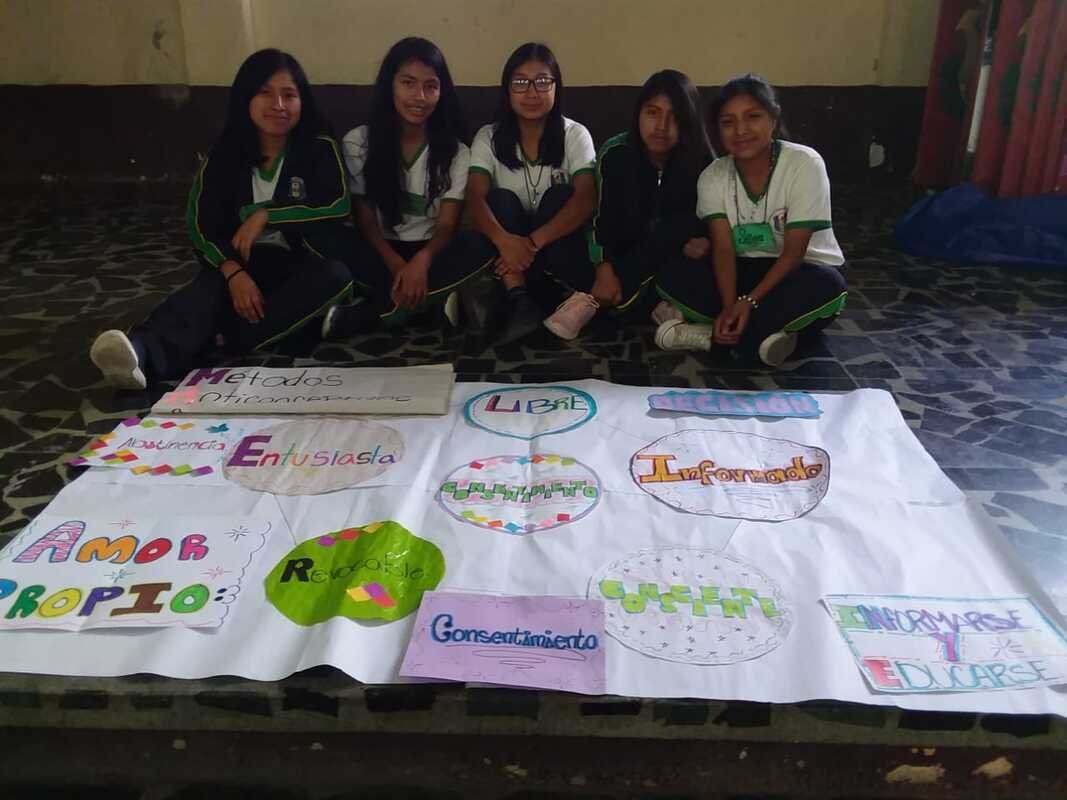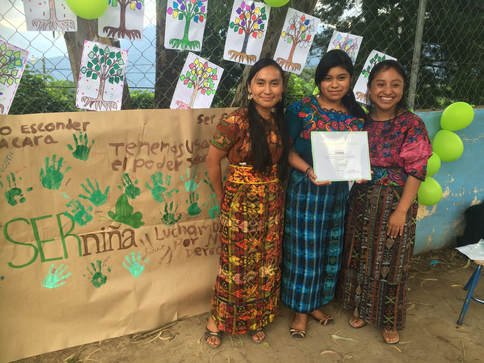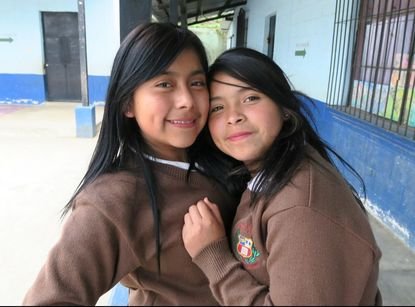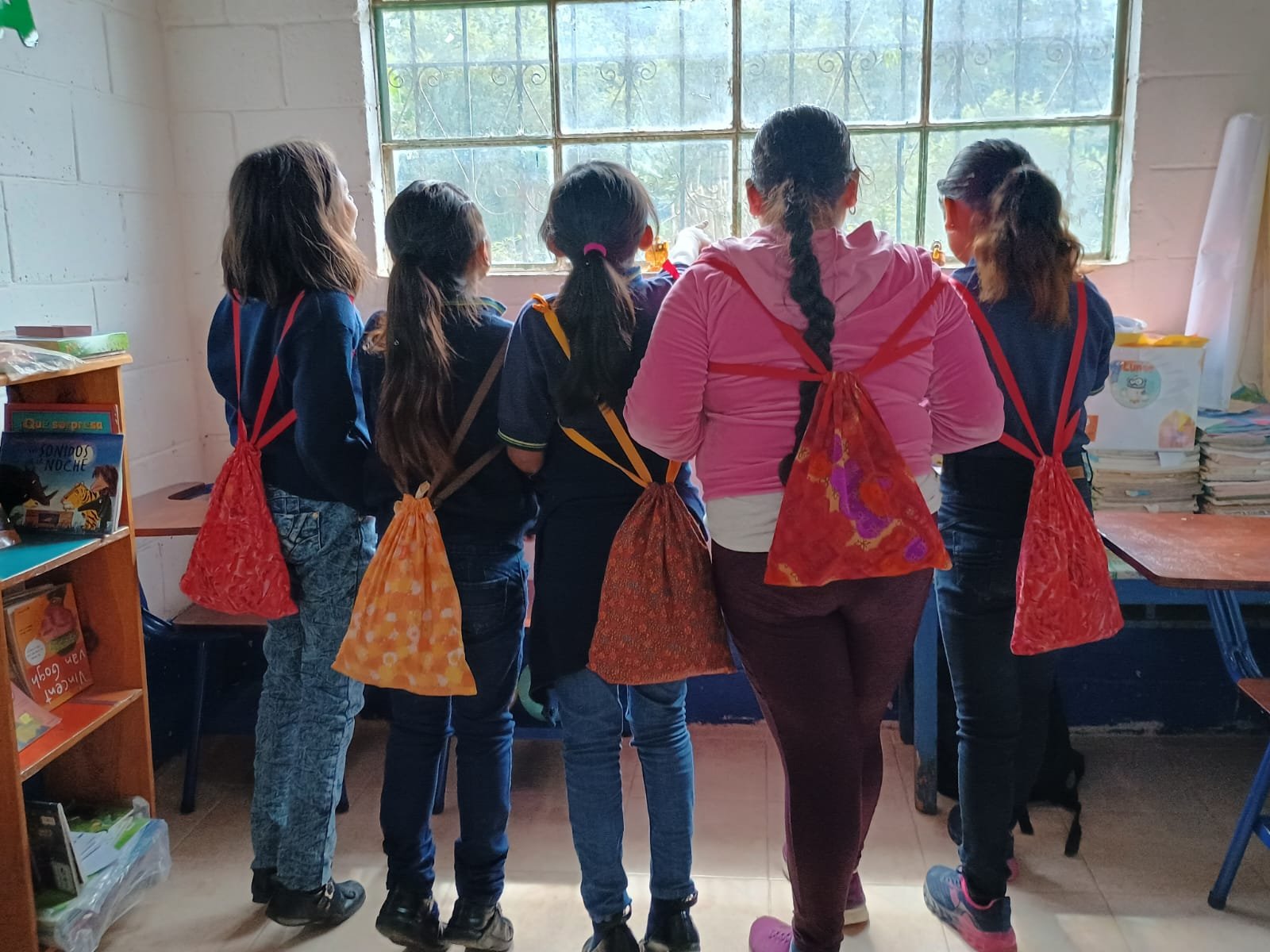REALgirl Blog
Here we share our thoughts, ideas, successes, and learning experiences.

Listening to the Voices of Survivors: The Importance of Incorporating Restorative Justice Approaches in Guatemala
“Guatemala has one of the highest rates of femicide in the world.”
-World Bank, 2023

Why Including Boys & Men is a Critical Part of Our Gender Equity Work
Seeing this young boy bravely challenge the long-standing “machismo” culture in his community and country was proof that we were on the right track with our work with boys, and since then, we have only continued to deepen our work with boys and men and see the positive ripple effect of doing so.

Introducing REALgirl (SERniña)’s New Whole Family Healing Program
How we went from working with only girls to engaging whole families and communities.

Five Brave SERniña Girl Leaders Speak Up About Consent
SERniña (by REALgirl) is proud to be a thought-leader and member of several socially focused Guatemalan networks. RIDAVS (Interinstitutional Network for Referral and Assistance to Victims of Sacatepéquez), promoted by the Public Ministry of Guatemala, is one of these networks.

Supporting our entire 'Human Team': Why We Include Boys in our Girls' Empowerment Programs
The phrase "toxic masculinity" is used a lot these days, but it's not always clear what it means. In some ways, it's misleading, because it seems to imply that masculinity in and of itself is dangerous or poisonous, or even more oversimplified, that "men are bad." That's certainly not true, and it's not what gender equality advocates actually think or believe.

Why Guatemala? A Unique Program In A Unique Country
As many supporters might know, SERniña's parent program, REALgirl®, is an international program based in the United States, with camps and workshops in the U.S., Hong Kong, and the U.K. SERniña is REALgirl's first expansion into Latin America, and the Guatemala program is customized to meet the unique challenges that girls and women face in this part of the world.

When Girls Do Well, Everyone Wins: How Investing in Girls and Women Pays Off
SERniña envisions a world where all girls not only recognize the unique and valuable contributions they're capable of making, but are active agents of change in society and in their own lives.

Every Girl Has a Brave Voice: Aracely's SERniña Story
“SERniña taught me that every girl has a brave voice, and that we can be positive despite many criticisms and problems.” - Aracely

More Than Just Girls….Investing in Global Change:10 REASONS WHY WE MUST PRIORITIZE SEXUAL AND REPRODUCTIVE HEALTH
Despite advancement for women’s rights in Guatemala, there remains a harsh obstacle facing the success and empowerment of young girls in Guatemala: teen pregnancy and the poverty that it perpetuates.


World Population Day in Guatemala
Today, on World Population Day, we’re considering the theme, ‘Family Planning: Empowering People, Developing Nations’ from a local perspective

BEING A GIRL IN GUATEMALA
Half of Guatemalan girls have a child before the age of 19.
At least 1/5 girls in Guatemalan have 2 children before the age of 18.
Guatemala ranks 3rd globally in the killings of women.

Five reasons why it's important to invest in boys
After two successful years of SERniña programming, we are gearing up to launch SERniño! SERniño will build on the existing resources and networks of SERniña to provide workshops to boys and young men which focus on the creation of healthy masculinities.

Sharing the Work & Spreading the Word
With the 2017 SERniña workshops coming to a close, we decided to go out with a bang! To do so, we hosted our first community fair last Tuesday 25th of October.

Yoga for Self-Esteem & Empowerment in young girls
How does yoga promote a healthy development in teen girls?
And, why do we teach it in SERniña (By REALgirl)?

8 Great Reasons to Empower Girls
There has been increased attention on the benefits of empowering girls in recent years. The United Nations has made it a specific priority: Goal 5 of the new UN Sustainable Development Goals is “achieve gender equality and empower all women and girls.”
